In our increasingly interconnected world, ensuring the durability and reliability of electronic devices is more critical than ever. Ingress Protection (IP) certification is a vital process that guarantees equipment can withstand various environmental conditions, including dust and water exposure. But what does this certification process entail, and how can it benefit your products? This blog post will walk you through the step-by-step process of obtaining ingress protection certification, offering practical insights and tips along the way.
Understanding Ingress Protection
Before diving into the certification process, it’s essential to understand what ingress protection means. The IP rating, defined by the International Electrotechnical Commission (IEC) standard 60529, indicates how well an electrical enclosure can resist intrusion from solids (like dust) and liquids (like water). The rating system uses two digits: the first digit represents protection against solids, and the second digit represents protection against liquids.
Step-by-Step Process for Ingress Protection Certification
Pre-Certification Assessment
Before initiating the certification process, conduct a pre-assessment of your product. This involves evaluating the design and materials to ensure they meet the basic requirements for IP rating. Consider factors such as sealing methods, materials used, and the potential exposure conditions your product will face. This preliminary check can help identify potential issues early and save time and resources.
Selecting the Right Certification Body
Choose an accredited certification body with expertise in ingress protection testing. Look for organizations that are ISO 17025-accredited, as this ensures their testing procedures and results are reliable and internationally recognized. At CDG, we offer comprehensive ingress protection certification services, providing accurate and thorough assessments.
Design and Documentation Submission
Prepare and submit detailed documentation of your product’s design, including specifications, drawings, and materials used. This documentation helps the certification body understand your product and its intended use. Make sure to provide clear information about the environmental conditions your product is expected to endure.
Testing Procedure
The core of the certification process involves rigorous testing. The product undergoes various tests to simulate real-world conditions. For solid protection, tests assess how well the product prevents dust ingress. For liquid protection, tests involve exposing the product to water jets or submersion, depending on the expected IP rating.
Dust Ingress Test: Products are exposed to a dust chamber where fine dust is circulated. The test determines whether dust penetrates the enclosure and assesses the impact on the product’s functionality.
Water Ingress Test: Depending on the rating required, the product might be subjected to water jets (for lower ratings) or complete submersion (for higher ratings). The test evaluates the enclosure’s ability to prevent water ingress and protect the internal components.
Evaluation and Analysis
After testing, the results are analyzed to determine whether the product meets the specified IP rating. This involves a thorough review of the product’s performance during the tests and an assessment of any issues or failures. The certification body prepares a detailed report outlining the test results and compliance with the IP standards.
Certification Issuance
If your product passes the tests, the certification body will issue an IP certification, specifying the achieved rating. This certification is a testament to your product’s durability and reliability, providing assurance to customers and stakeholders.
Post-Certification Support
After receiving certification, it’s crucial to maintain the quality and integrity of your product. Implementing quality control measures and conducting periodic reviews can help ensure continued compliance with IP standards. Certification bodies like CDG often offer post-certification support and guidance to address any issues that may arise.
Practical Tips for Success
Invest in Quality Design: High-quality design and materials play a crucial role in achieving a desirable IP rating. Consider factors such as sealing techniques, material durability, and environmental conditions.
Engage Early with Certification Bodies: Early engagement with your chosen certification body can provide valuable insights and help streamline the process. Discuss your product’s requirements and any potential challenges beforehand.
Stay Informed About Standards: IP standards and testing methods may evolve over time. Stay updated on the latest standards to ensure your product remains compliant and competitive.
Ingress protection certification is a critical process that validates the durability and reliability of your products in challenging environmental conditions. By understanding and following the certification process, from pre-assessment to post-certification support, you can ensure your products meet the highest standards of quality and performance. For expert guidance and comprehensive ingress protection certification services, CDG is here to help. Reach out to us today to start your certification journey and enhance your product’s reliability.


